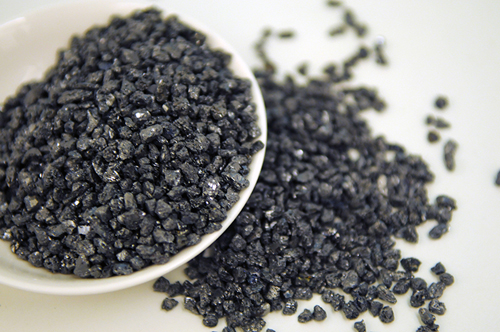
Power strategist Kevin Speer of Littelfuse talks to Nick Flaherty about pricing, specification and the prospects for the latest wide bandgap power technologies, silicon carbide (SiC) and gallium nitride (GaN).

Power strategist Kevin Speer of Littelfuse talks to Nick Flaherty about pricing, specification and the prospects for the latest wide bandgap power technologies, silicon carbide (SiC) and gallium nitride (GaN).
Wide bandgap technologies in power designs are starting to mature and gain industry acceptance. The Electronica exhibition this year saw both technologies gaining ground.
“The inflexion point is customers understanding the system benefits rather than just the transistor price, and that’s happening now,” said Kevin Speer, global manager of technology strategy for power semiconductors at Littelfuse. “What has changed is people are starting to realise the expense of passives and cooling – copper and aluminium are expensive.”
In December, Littelfuse invested in US SiC startup Monolith Semiconductor, although it is looking at both technologies.
“We are looking at everything,” said Speer. “GaN will carve out a niche – there’s a place for it, and that will depend on the voltage, probably in the 30 to 40V range. The problem at 650V is you are also competing with silicon and silicon carbide and its going to be a bloodbath. For low voltage motor drives the IGBT will remain dominant but for some of the higher power supplies for data centres GaN is a good fit.”
“I think we are reaching a critical point with SiC now. We are getting close to the ideal switch but that’s not enough and we have to overcome a range of other challenges,” he said.
LIttelfuse is planning to launch a 1200V SiC transistor in a TO247 three lead package in Q1 17, manufactured at the Lubbock, Texas fab run by German foundry X-fab.
“We specify the maximum leakage at 100µA up to 170°C. In the community there has been the tendency to specify a 1200V 80mΩ device where that is the typical rating rather than the max rating and this is not very useful for engineers, so if we say its 80mΩ it’s the maximum rating. At 25°C it is typically 65mΩ.”
“Part of the value proposition is high frequency operation so at 70V/µ we still have stable switching. In a DC buck converter that gives us the peak efficiency of 98.4% for a 675Vdc to 375Vdc DC-DC converter.”
“The next part of the mountain to climb for SiC is manufacturability – we are manufacturing on 150mmm sic wafers in an automotive grade CMOS foundry," he said. "The importance of this is that whenever we have a peak in demand we can immediately run lots of SiC MOSFETs immediately behind a CMOS wafer load. To do this you have to be able to reuse the established CMOS process and minimise the need for special toolsets – that is minimal capex and there is also tool depreciation that we don’t have to deal with,” he said.
This however has some challenges. “The SiC wafer is translucent and a lot of fabs are used to other silicon wafers. For this process the top face is silicon and the back face is carbon so you have to grow the epitaxy on the correct side. The Aluminium and Nitrogen dopants also require high temperatures and annealing over 1700°C and silicon melts at 1400°C so these are the kind of issues you have to factor in.”
The SiC process still needs refining. “There’s still ±30% doping variability so a 1200V device blocks 1600 to 1800V, and this is something you have to think very carefully about and design for,” he said.
In terms of long term reliability the gate oxide is prone to failure and can effect the on resistance. Monolith has developed a gate oxide process that is quite rugged, says Speer, and studies by NIST in the US have analysed the failure modes and extracted the related activation energies to predict the lifetime of the devices. “Even at 300°C they extrapolate a lifetime of around 100 years,” said Speer.
Then of course there’s the pricing.
“We talk to a lot of customers and get different numbers for what the price needs to be for them to switch from IGBT,”said Speer. “Typically it's 2 to 2.5x.” He expects the price of a 1700V SiC MOSFET to fall to 15¢/A by 2020 from 38¢/A today, with a 1200V device falling to 10¢/A from 25¢/A today.
That gives the 2x price difference and will really see silicon carbide take off.